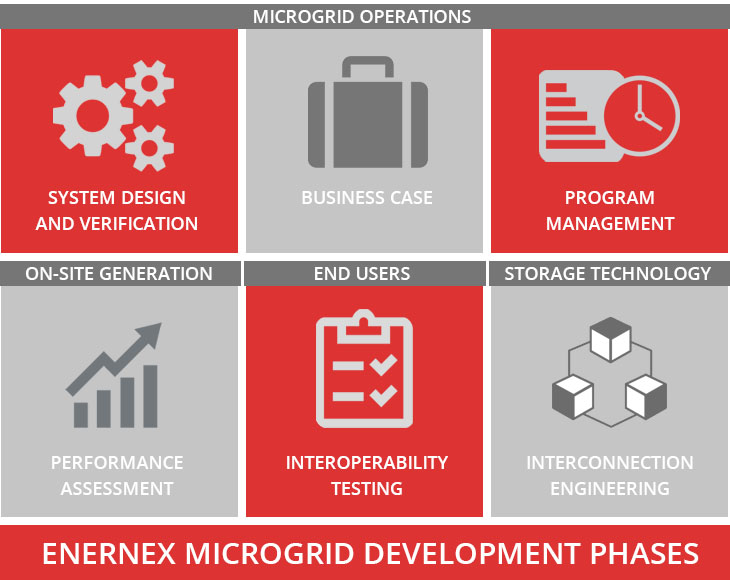Wind Power Plants (WPPs) built today, often have total capacities on the order of several hundred mega watts. These WPPs are connected to the utility power grid via high voltage transmission systems. The point where the wind power generating facility is connected to the utility grid is called the Point of Interconnection (POI). To ensure safe and reliable operation of the power grid with the wind power plant connected, it is necessary to perform WPP studies. Therefore, the main objectives of the WPP studies are to assess the impact of the WPP on the power grid and to determine the rating and sizing of the wind plant equipment. The WPP studies can be classified under two main categories namely System Interconnection Studies and the Balance of Plant Operation studies.
The studies that fall under the system interconnection studies are the short circuit analysis, steady state power flow analysis and the stability/voltage ride thru studies. The short circuit analysis is performed mainly to determine the available short circuit levels at the buses, and cables within the wind plant collection system and the interconnect switchyard. The short circuit study is also used to specify the equipment ratings. The steady state power flow analysis is performed to determine if the wind plant can be operated to meet the voltage and power factor requirements specified by the interconnect agreement, which is usually to design within voltage limits of 0.95 to 1.05 pu and power factor limits of +/-0.95 at the POI of the wind plant to the transmission system. If the power flow study results show that the voltage and power factor requirements are not met with the wind turbine compensation packages, then it would be required to specify reactive compensation equipment to meet the stated interconnect requirements. The stability/dynamic performance studies are performed to determine the dynamic behavior of the transmission system and the wind plant to ensure that system reliability is maintained for various system disturbances and operating contingencies. All the wind plants are required to satisfy Low Voltage Ride Through (LVRT) or Zero Voltage Ride Through (ZVRT) criteria according to which the wind plant generating units must remain in service during a three-phase-to-ground fault with normal clearing (4-9 cycles) and single-line-to-ground faults with delayed clearing. The dynamic study results help determine if dynamic reactive compensation equipment such as DVAR, DSTATCOM are required to meet the LVRT or ZVRT criteria.
Harmonic analysis, transient and Temporary Overvoltage (TOV) Analysis, and insulation coordination fall under the Balance of Plant Operation studies. The harmonic analysis studies are performed to determine if there are any harmonic issues and/or any resonance conditions due to interaction between the wind plant and the transmission system. If the harmonic distortion levels exceed the acceptable limits as given in IEEE Standard 519 then mitigation solutions such as harmonic filters might be required. The transient and temporary overvoltage studies evaluate the transient overvoltages from capacitor bank energization and switching operations and fault initiation and clearing operations. Sizing of grounding transformers and/or evaluation of high speed grounding switches to reduce the temporary overvoltages are evaluated. The insulation coordination study verifies the ratings and locations of the surge arresters to ensure proper insulation coordination. The protective margins for the equipments are also evaluated to ensure safe protective levels against overvoltages during lightning strikes.
The Power System Engineering group at EnerNex has extensive experience in performing power system studies for both onshore and offshore wind plants. EnerNex has performed WPP studies for several wind plants that include some of the largest wind plants in United States and has worked with various wind plant developers. EnerNex has also worked with wind developers in Europe and performed wind power plant studies for their offshore wind plants.


